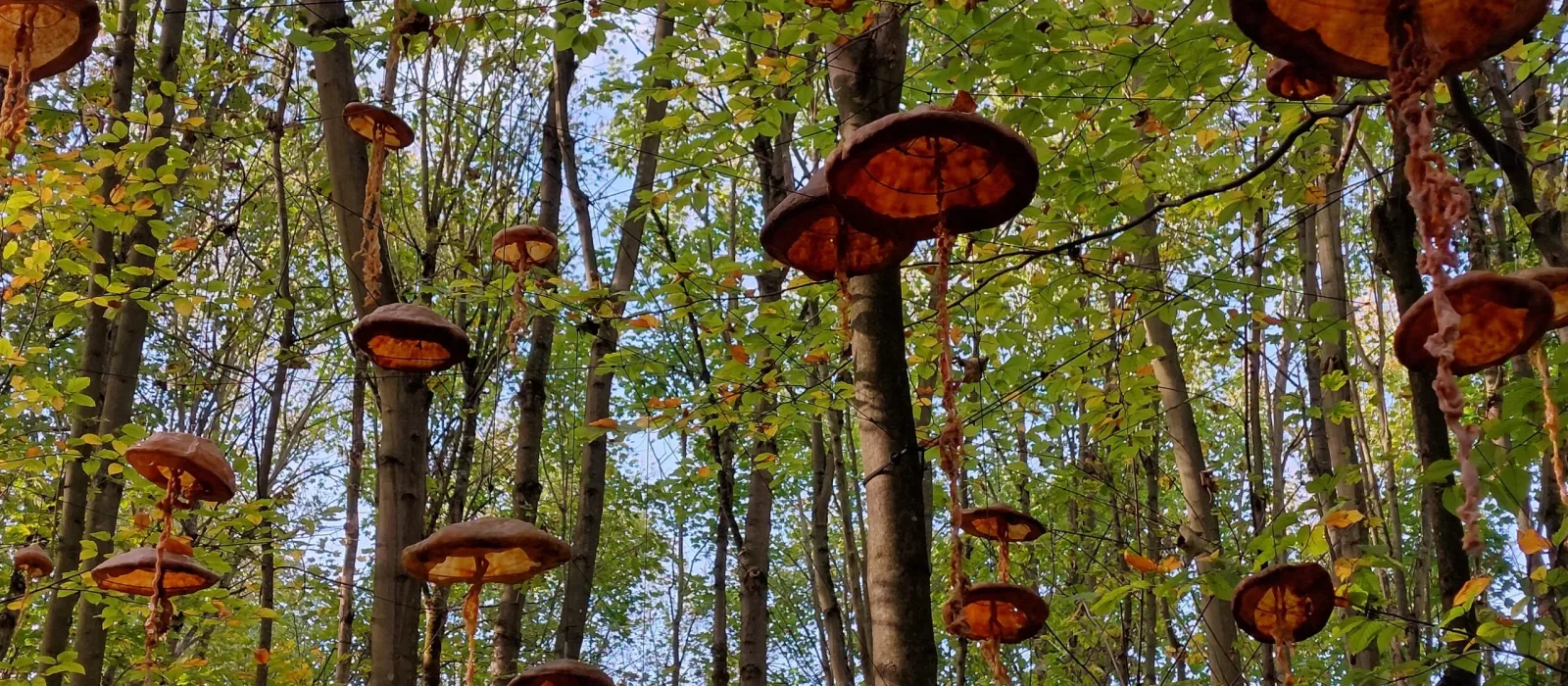by Jana Steingaesser
Many people simply can’t hide their surprise when I introduce Okeanos to them. ‘A foundation for the sea so far from the sea, how does that make sense?’. I always wonder if the question is a rhetorical one, while trying to swallow down my impulsive reaction – an answer that would most likely need some explanation: ‘We are by the sea!’
Of course, a quick look at the map would be enough to prove that we are indeed geographically some hundred kilometers away from the next shore. Instead of riding our bikes along an ocean path or taking our dogs for walks along the beach, we regularly get swallowed by beautiful dense forests. To them we indeed have strong relationships that have grown over centuries. Forest ecosystems are deeply rooted parts of our culture-historical heritage. Nevertheless, we are connected to our oceans, too – for better or for worse. Through everything they provide for us – from a climate that life on earth adapted to, to the oxygen we breathe, the food we eat and the resources we use. We are also connected to oceans through our often devastating impacts on them.
You may imagine that it is easier to find ourselves surrounded by forest-protectors and mushroom-seekers than by ocean-lovers and octopus-warriors in Darmstadt, home of the head-office of Okeanos.
After a long and dry summer, the leaves of the beeches that dominate our local forests turn yellow. From our office, it is only a few minutes walk on a paved road to where the gravel paths into the forest start. the sound of feet on the ground have changed since the first leaves have fallen, steadily building up an insulating blanket.
I am here to connect with a woman that will surely not ask me what most people do. Kim Rathnau is a Darmstadt based artist who focuses on ecological issues in her work. “My passion is the ocean”, she explains in the midst of tall stems of beeches that often remind me of elephant legs. Now it is me who falls into the trap: ‘So why do you not live by the sea?’. No answer needed!
Kim connects herself to the ocean in her latest work “Jellyfish Invasion”, and since she happens to live in Darmstadt, she also connects our town to the sea. While we stop for a chat somewhere on the ‘International Forest Art Path’ https://2020.waldkunst.com/, Kim tells me that she works with transfer processes and re-locations, connecting different ecosystems. I am fascinated by the enthusiasm this woman speaks with, the passion she reveals for forest and ocean environments at the same time, that it takes a moment to realize I have been facing her latest piece of art for a while already.
Sunbeams find their way through the heavy, cloudy autumn sky, turning leaves into gold and illuminating something in the branches that seems to be an organic part of this environment and yet obviously alien. Jellyfish swim above our heads. Their tentacles hang low but stay out of my reach. Each Jellyfish-like being made by hand out of several layers of latex milk, using tinder Sponges (a type of tree mushroom) as a base for the shape. Indeed, they appear like a perfect mix of Jellyfish and mushroom, and as a bridge between seemingly contrary ecosystems – land and ocean.
“They looked different in the beginning. Their color and shape changed a bit over the three months in the forest, and their tentacles are falling off.’, Kim observes. The metamorphosis the jellyfish have obviously gone through, slowly adapting to an alien environment, seems like a perfectly coordinated choreography.
By molding the tree fungi with natural rubber, Kim has created jellyfish-like creatures that float between the trees, bringing the magic of the ocean into the forest for a moment.
On a deeper level, they remind us of much more, pointing to the perennial drought periods in the local forests, to ongoing tree dieback and to ocean warming. Diseased trees and dead wood, a consequence of climatic changes in the Anthropocene era, provides a fertile breeding ground for tree fungi to multiply rapidly, almost invasively. And just as tree fungi take advantage of forest change, ocean warming provides jellyfish with a habitat that leads to rapid reproduction. Overfishing and reduced ecosystem services due to ocean acidification also deprive jellyfish of predators, causing populations to grow even more rapidly.
Kim has a special connection to the forest environment. It is obvious through the way she explains details, the mindful way she picks up little treasures and collects every piece of trash we come across to carry it to the next bin. By using her artistic work to highlight ecological issues, she combines her passion for the ocean and her art skills to create awareness for existing connections. “Everything is connected. Even Children learn that trees are connected under the earth and communicate with each other.” Just because we do not see them, it doesn’t mean connections do not exist. “And don’t we humans consist mainly of water?”, Kim asks. The same water that runs through trees and flows into oceans in an everlasting cycle. And what could be a better picture for an endless connection than that. One that we are part of. For better or for worse. Kim Rathnau has found a way to express this connection without words.
